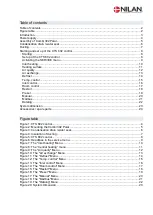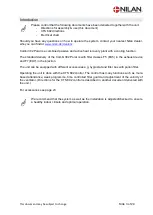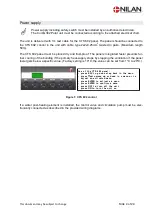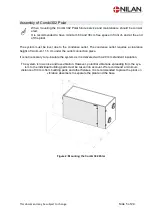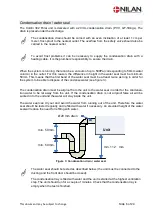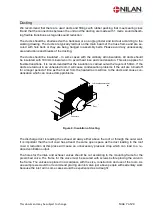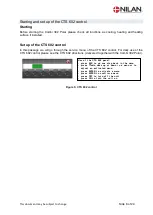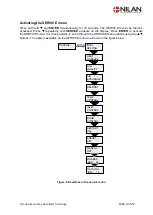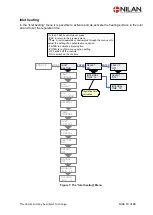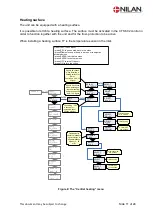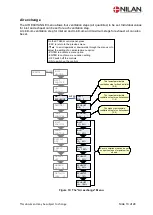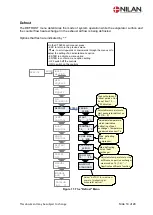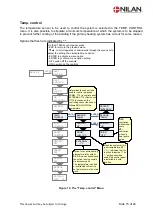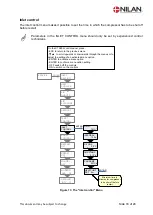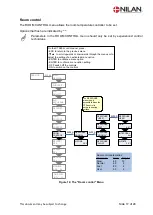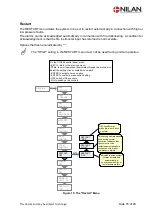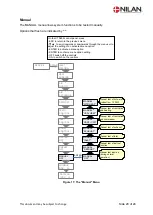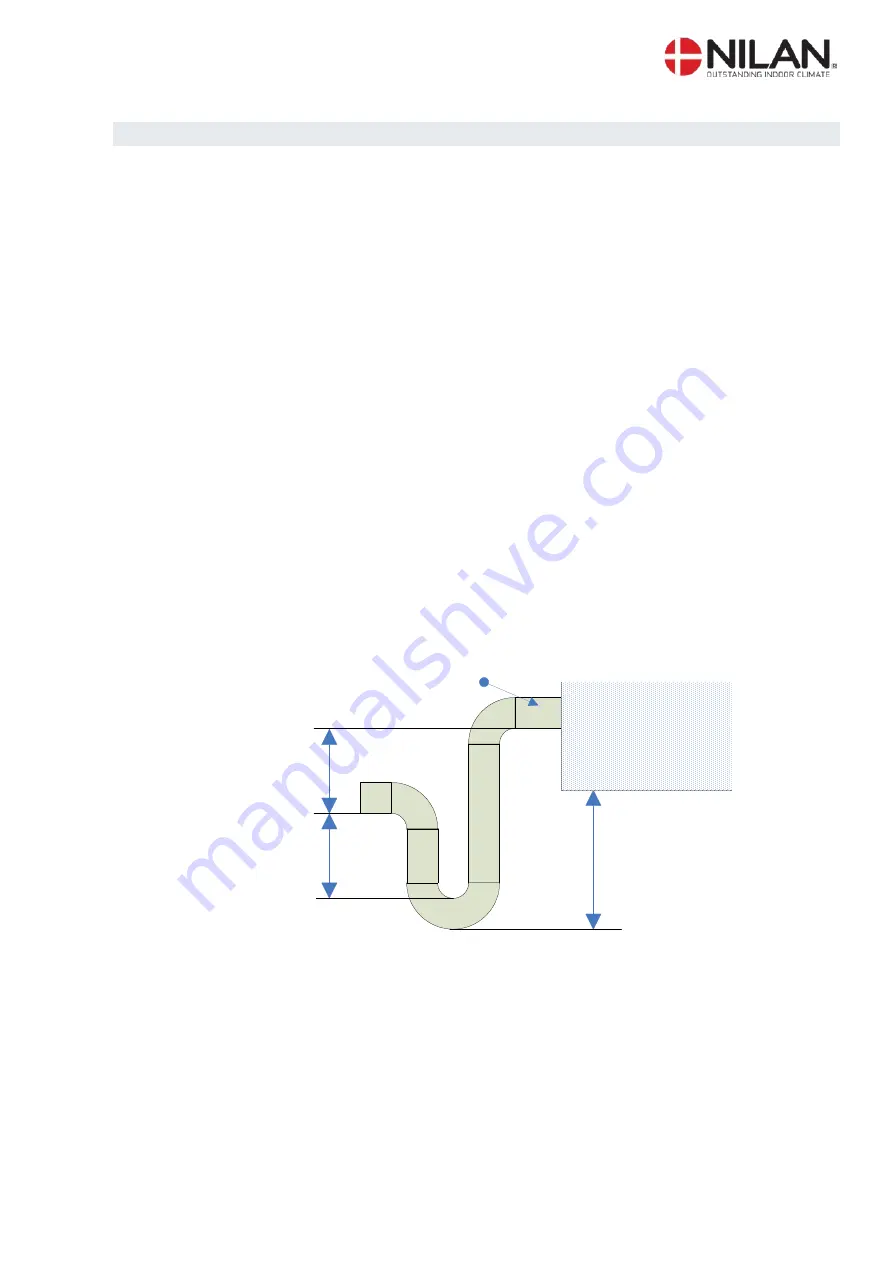
This document may be subject to change
Side 6 of 24
Condensation drain / water seal
The Combi 302 Polar unit is delivered with a 20mm condensation drain. (PVC, GF-fittings). The
drain is placed under the discharge.
The condensation drain should be carried with an even inclination of at least 1 cm per
meter, frost-proof to the nearest outlet. The overflow from the safety valve should also be
carried to the nearest outlet.
To avoid frost problems it can be necessary to supply the condensation drain with a
heating cable. It is the plumbers’ responsibility to secure the drain.
When the system is running, there can be a vacuum of up to 500Pa (corresponding to 50mm water
column) in the outlet. For this reason, the difference in height in the water seal must be minimum
50mm. This means that the first bend of the water seal must be at least twice as long in order for
the system to be able to dispose of the condense water (see figure 3).
The condensation drain must be airproof from the unit to the water seal in order for the condensa-
tion water to be let away from the unit. If the condensation drain is not airproof false air will be
sucked in to the unit and the water will stay inside the unit.
The water seal can dry out and avoid the water from running out of the unit. Therefore the water
seal should be tested regularly and refilled with water if necessary. An elevated height of the water
seal will reduce the need for refilling with water.
min. 112
mm
min. 50 mm.
min. 50 mm.
Ø 20 mm drain
Unit
Figure 3: Condensation drain / water seal
The water seal should be tested as described below. (the unit must be connected to the
ducting and the front door should be closed):
The condensation tray is filled with water and the unit is started at the highest ventilation
step. The unit should run for a couple of minutes. Check that the condensation tray is
empty when the test is finished.


